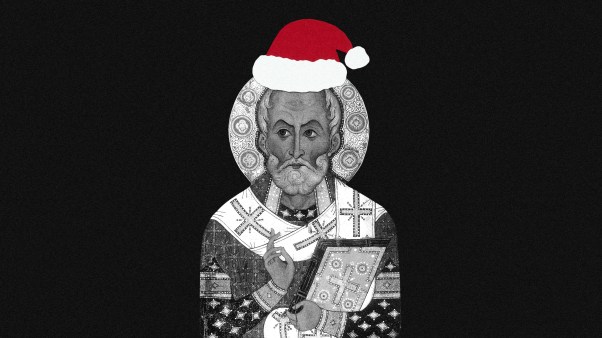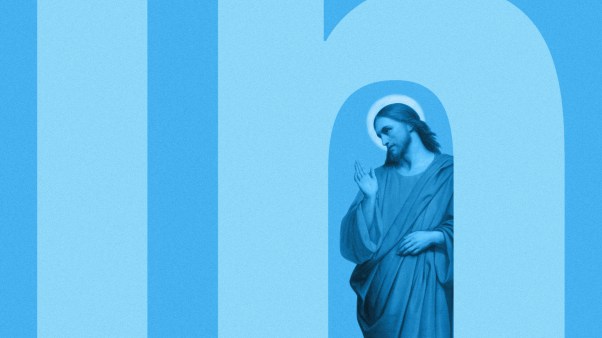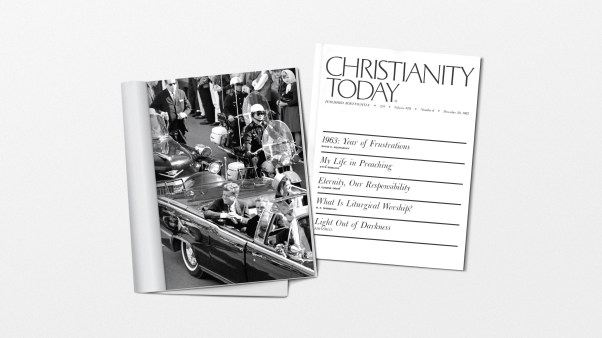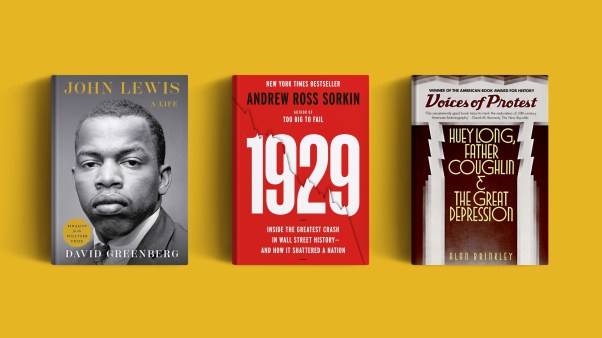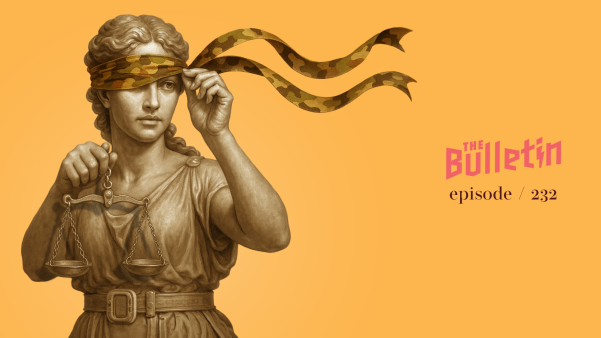And last, and strangest, there had come into my mind a vague and vast impression that in some way all good was a remnant to be stored and held sacred out of some primordial ruin. Man had saved his good as Crusoe saved his goods; he had saved them from a wreck.
—G.K. Chesterton, Orthodoxy
For this number, three items, any one of which would merit an entire column:
First, don’t miss the March/April issue of Modern Reformation, which features a special section on the theme “Evangelicalism™ Who Owns It?” The entire section is worthy of attention, but I want to single out three pieces. Michael Horton’s essay, “The Battles Over the Label ‘Evangelical,'” which develops at greater length some of the points he made in the last issue of Books & Culture [“Who’s Got the Center?“, March/April], argues for “principled pluralism” as opposed to “minimalist and allegedly centrist” definitions of evangelicalism. “There are no copyright suits over who gets to use the label ‘evangelical,'” Horton writes, “and conversely, free and open debates can emerge over what it means to be evangelical in faith and practice.” An interview with Donald Dayton (under the rubric “Free Speech,” in which Modern Reformation conducts “dialogue outside of our circles”) nicely complements Horton’s essay, offering what Dayton calls an “alternative historiography” of evangelicalism. And then there is Lewis Smedes’s “Evangelicalism—A Fantasy,” a brilliant little piece originally published in The Reformed Journal in 1980, though I read it for the first time in Modern Reformation. Smedes imagines an “evangelical College of Cardinals” convened at a Holiday Inn in Wheaton, Illinois
to discuss, in alphabetical order, this year’s doubtful leaders. The discussion is somber, frank, and manifestly painful for everyone. Finally, as things must, it comes to a vote. Each ballot has one name at the top, and two squares—one labeled “Tolerated,” the other “Not Tolerated.” The ballots are collected and counted, and only the names of the nontolerated are announced. The secretary first declares—with a trace of unction—”non est tolerandus,” and then gives the name of the fallen leader.
Their solemn work done, the cardinals bow for a “word of prayer,” shake hands, wish each other God’s blessing, pick up their briefcases, sign out, climb back into the shuttle bus to O’Hare, arriving in time to catch their flights back to their respective headquarters.
I laughed until I cried, or cried until I laughed; I can’t remember which.
Second, if you are in the neighborhood of Charlotte, North Carolina between now and June 1, try to make time to visit the Tryon Center for Visual Art, where there’s an exhibition titled Like a Prayer: A Jewish and Christian Presence in Contemporary Art. Curated by Ted Prescott of Messiah College, Like a Prayer will be of particular interest to anyone who has been following Lauren Winner’s series “Jews, Christians, and God” in our pages. (Part 3 of the series, on medieval stories accusing Jews of desecrating the Eucharist, appears in this issue.)
The exhibition and the accompanying catalogue also illuminate the themes introduced in our last issue in the special section, “The Visibility of the Invisible.” In the catalogue’s lead essay, Prescott suggests that
there is a fundamental shift occurring in the relationship between art and religion, and … this exhibition was an opportunity to explore and try to understand that change. Simply stated, the history, imagery, ideas, and beliefs of historic religions are beginning to reappear in art after a relatively fallow period under the reign of modernism.
The work represented here is enormously various, from a heroic nude by Edward Knippers to an elegant abstraction by Makoto Fujimura, from photographs to elaborate, altar-like installations.
Finally, as sharp-eyed readers may have already noticed, this column has a new epigraph, taken from G. K. Chesterton’s Orthodoxy, from the chapter called “The Ethics of Elfland.” There Chesterton expresses his “sense that life is not only a pleasure but a kind of eccentric privilege,” a feeling he illustrates by reference to Robinson Crusoe:
The best thing in the book is simply the list of things saved from the wreck. The greatest of poems is an inventory. Every kitchen tool becomes ideal because Crusoe might have dropped it in the sea. It is a good exercise, in empty or ugly hours of the day, to look at anything, the coal-scuttle or the book-case, and think how happy one could be to have brought it out of the sinking ship on to the solitary island. But it is a better exercise still to remember how all things have had this hair-breadth escape: everything has been saved from a wreck.
So it has—for which, with Chesterton, let us give thanks.
Copyright © 2001 by the author or Christianity Today/Books & Culture Magazine. Click here for reprint information on Books & Culture.


